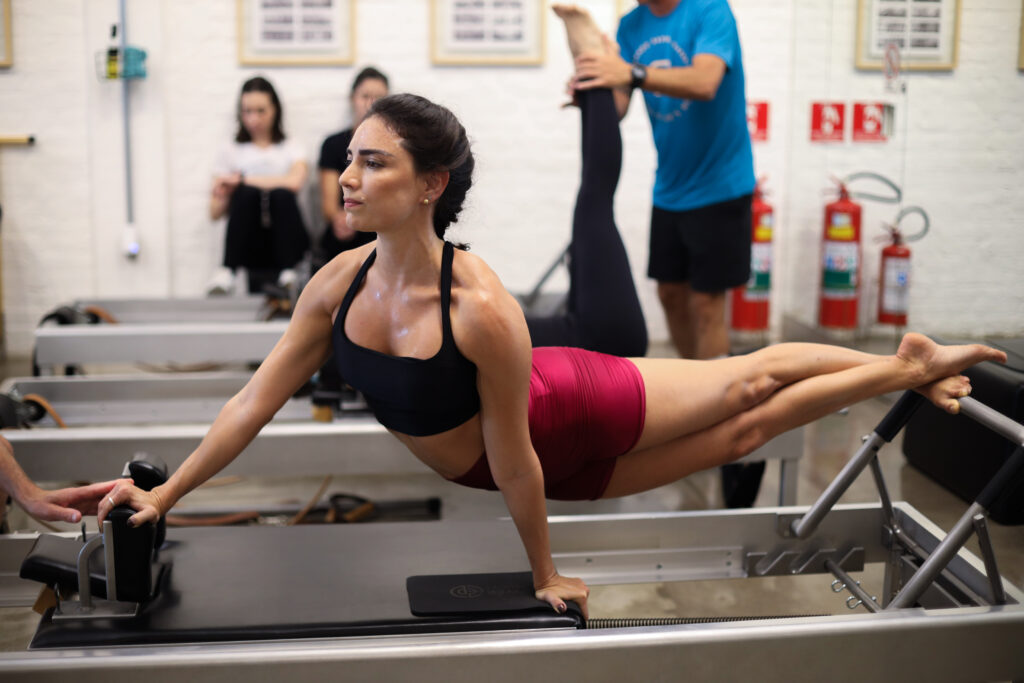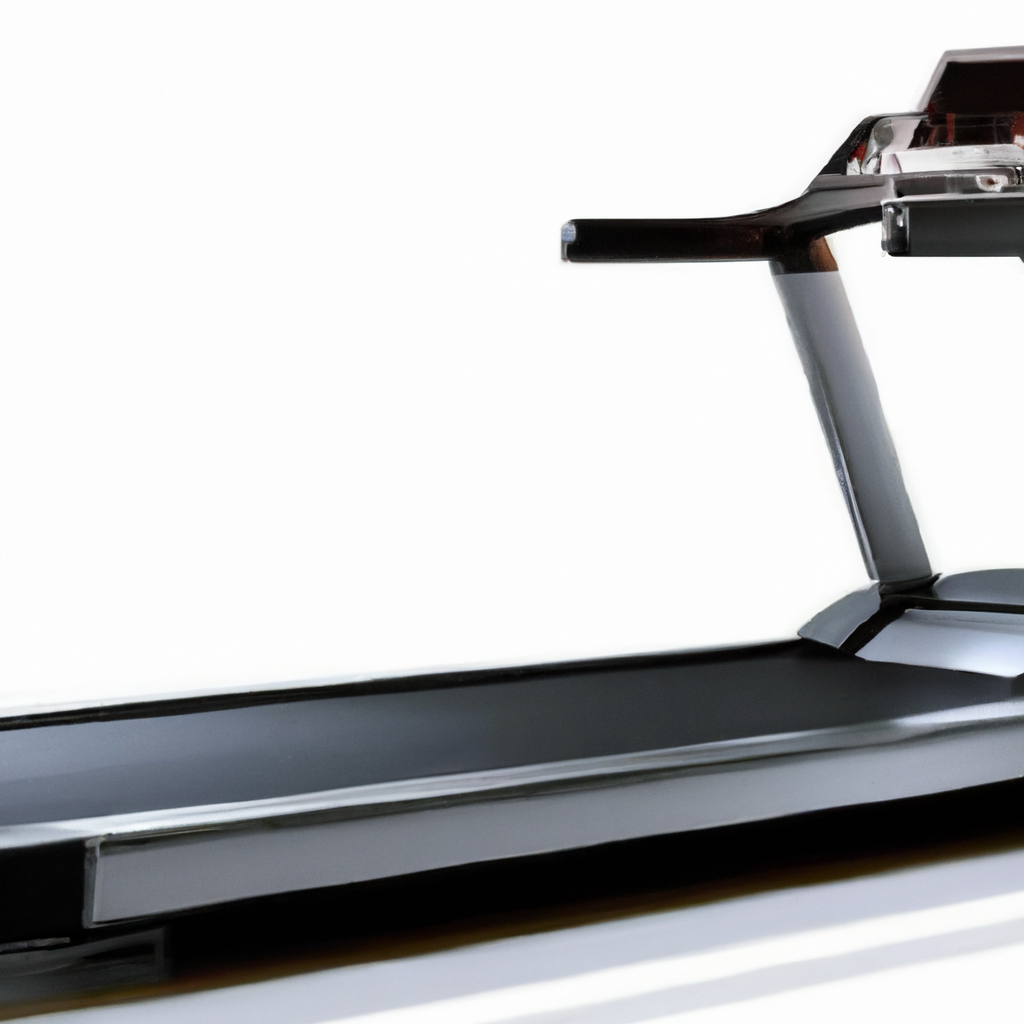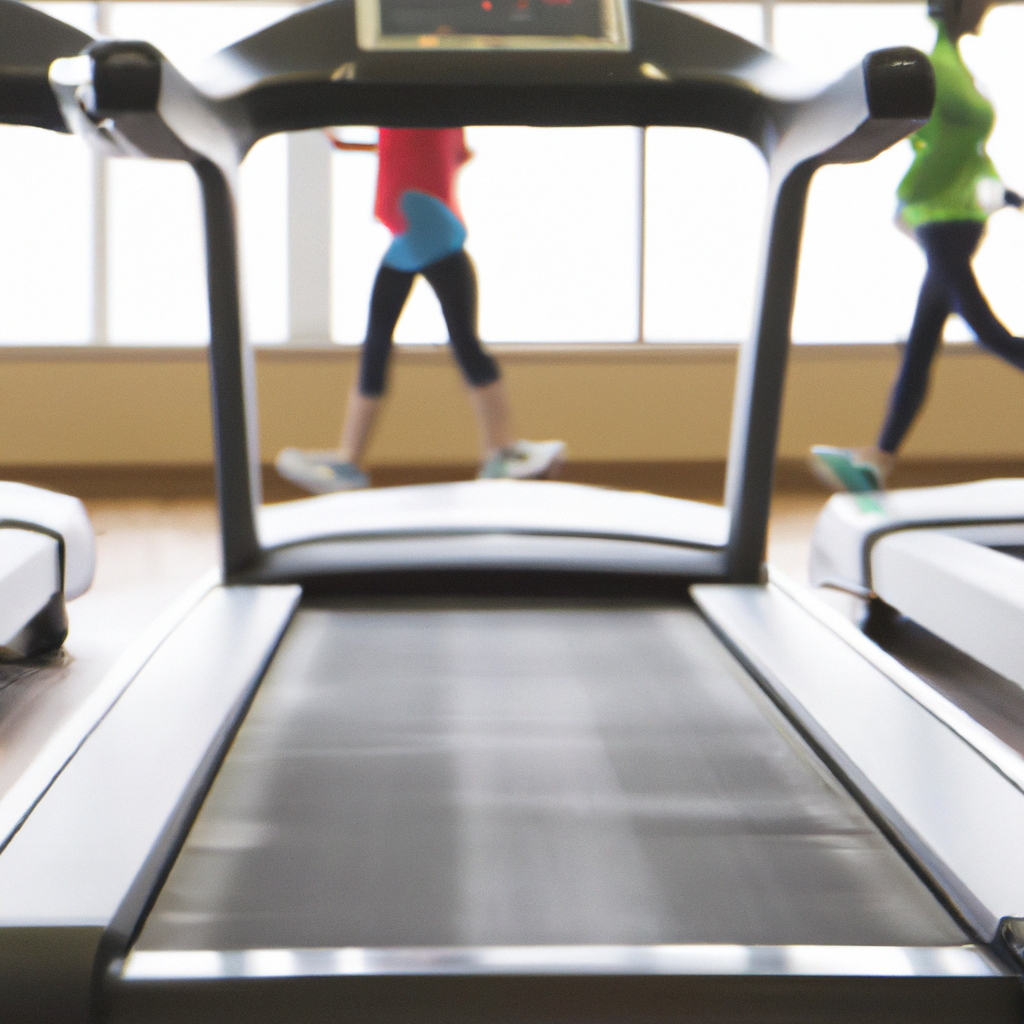Hey there! So, you’ve probably heard countless times about the benefits of walking on a treadmill. It’s a great way to get your daily exercise in, burn calories, and even improve your cardiovascular health. But, just like with everything else in life, there are also some downsides to consider. In this article, we’ll explore the disadvantages of walking on a treadmill, giving you all the facts you need to make an informed decision about your fitness routine. So, let’s get right into it!
Lack of Muscle Activation
When walking on a treadmill, the muscles used are limited compared to walking outdoors. While walking on a treadmill still engages the major lower body muscles like the quadriceps, hamstrings, and calves, it does not activate other important muscles to the same extent. For example, when walking on an uneven surface outdoors, your ankles and foot muscles are constantly working to maintain balance and stability. On a treadmill, these muscles are not engaged as much, resulting in less overall muscle activation. This can lead to muscle imbalances and a potential decrease in functional strength.
Limited Range of Motion
Another disadvantage of walking on a treadmill is the limited range of motion compared to walking outdoors. Treadmills have a fixed surface that does not replicate the natural movement and variability of terrain. When walking outside, you encounter various surfaces such as hills, slopes, and uneven terrain, which require your body to adapt and adjust. Additionally, walking on a treadmill restricts hip movement, as the belt moves underneath you, limiting your ability to extend your hip fully. This lack of range of motion can have implications on flexibility, joint health, and overall mobility.
Risk of Injury
Walking on a treadmill increases the risk of certain injuries, especially compared to walking outdoors. One significant risk is a higher risk of falls. As treadmills have a moving belt, any loss of balance or misstep can quickly result in a fall. Additionally, the repetitive motion of walking on a treadmill can put stress on the joints and bones, increasing the risk of overuse injuries such as stress fractures or joint inflammation. Furthermore, the fixed stride length on a treadmill may not be suitable for everyone, and using a stride length that is not ideal for your body can lead to foot and ankle injuries.
Monotonous and Boring
One drawback of walking on a treadmill is the lack of scenery and the potential for mental fatigue. Unlike walking outdoors where you can enjoy nature, breathe in fresh air, and explore different surroundings, walking on a treadmill confines you to a single location. This lack of variation in scenery can make walking on a treadmill feel monotonous and boring over time. Additionally, the repetitive nature of walking on a treadmill without any external stimuli can lead to mental fatigue, making it harder to stay motivated and enjoy the workout.
Less Effective for Weight-bearing
Walking on a treadmill may be less effective for weight-bearing compared to walking outdoors. While it still provides some impact on bones and joints, it is generally lesser than the impact experienced from walking on natural surfaces such as pavement or trails. This reduced impact can result in less bone density stimulation, potentially affecting bone health in the long run. Moreover, walking on a treadmill may burn fewer calories compared to walking outdoors, as the lack of varied terrain and wind resistance can make the workout less challenging and demanding.
Limited Terrain Variation
One disadvantage of walking on a treadmill is the limited terrain variation it offers. Unlike walking outdoors where you can encounter inclines, declines, and various surfaces, a treadmill usually lacks these options. Incline options are limited or may not provide the same experiences as natural inclines. This lack of terrain variation makes it challenging to simulate outdoor walking experiences and adapt to different surfaces. Without the ability to vary the terrain, you may miss out on the benefits of incline training and the muscle activation that comes from adapting to different surfaces.
Less Cardiovascular Challenge
Walking on a treadmill may provide less of a cardiovascular challenge compared to walking outdoors. One reason for this is decreased wind resistance. When walking outdoors, you face air resistance, which requires your muscles to work harder to move forward through the resistance. On a treadmill, the absence of wind resistance makes the walking motion slightly easier, resulting in a lower energy expenditure. This reduced cardiovascular challenge can impact the overall effectiveness of your workout and may not provide the same cardiovascular benefits as walking outdoors.
Lack of Fresh Air and Outdoor Benefits
Walking on a treadmill means missing out on the fresh air and outdoor benefits that come with walking outdoors. Breathing in stale indoor air lacks the freshness and oxygen-rich quality of outdoor air, which can invigorate and energize you during your walk. Additionally, being outdoors exposes you to natural surroundings like trees, plants, and natural landscapes, which can have a positive effect on mental well-being and overall mood. Furthermore, walking outdoors exposes your body to sunlight, allowing for the synthesis of vitamin D, crucial for bone health and overall immune function.
Expense and Maintenance
Considerations of cost, space, and maintenance are important factors to take into account when considering a treadmill. Purchasing a treadmill can be a significant expense, especially when investing in a high-quality machine with advanced features. Additionally, treadmills require adequate space in your home, which might not always be available. Moreover, treadmills require regular maintenance, including lubricating the belt, checking the electronics, and potentially repairing or replacing parts. These additional costs and responsibilities should be considered before committing to owning a treadmill.
Lack of Skill Development
Walking on a treadmill may neglect certain aspects of skill development that come with outdoor walking. One such aspect is balance and coordination. When walking outdoors, your body constantly adapts to changes in terrain, requiring balance and coordination skills to maintain stability. This aspect of skill development is less emphasized on a treadmill, where the flat and predictable surface does not challenge these skills to the same extent. Similarly, agility and proprioception, the body’s awareness of its position and movement in space, are often not fully engaged when walking on a treadmill, as the movements are repetitive and lack variability.






